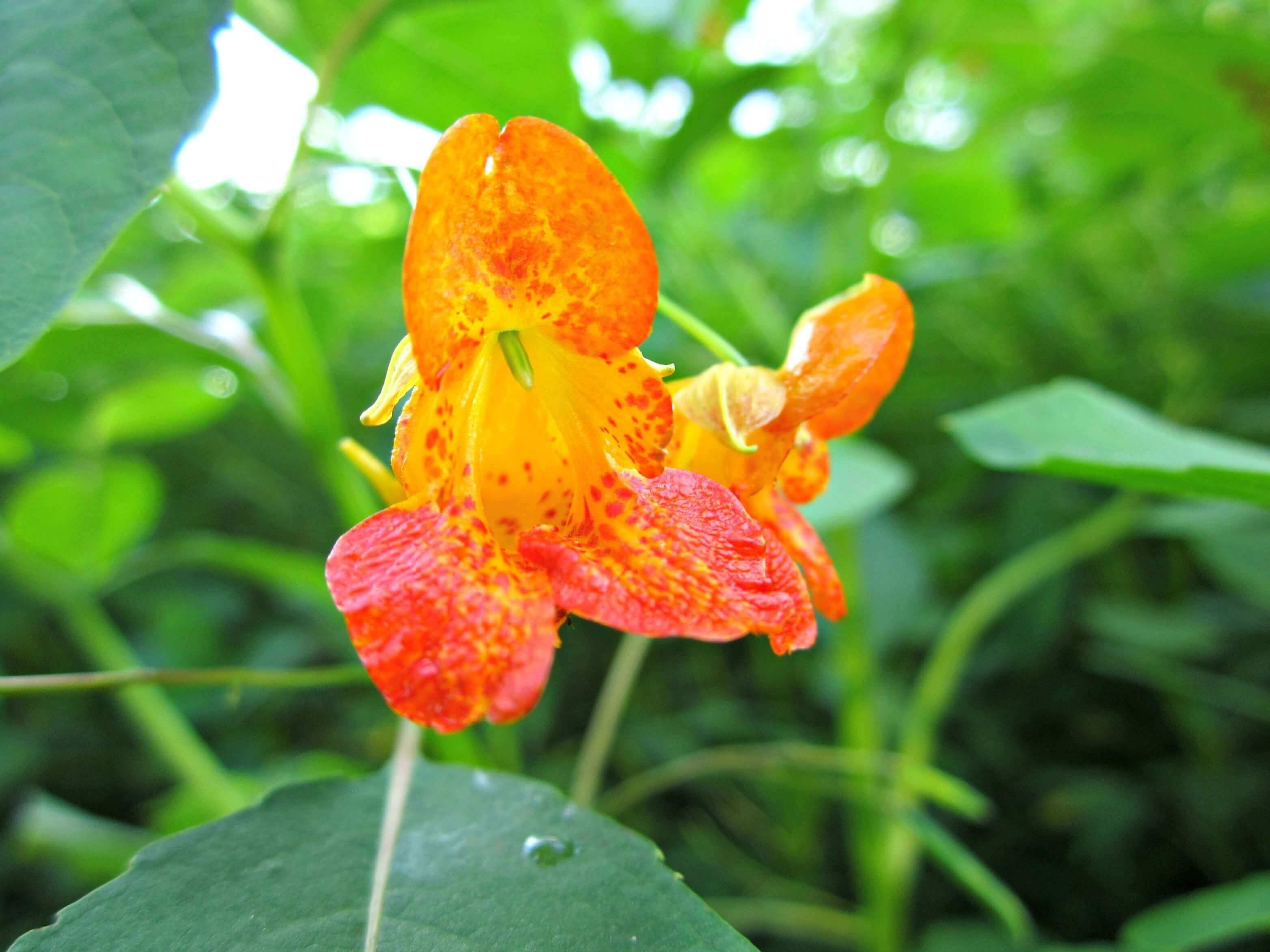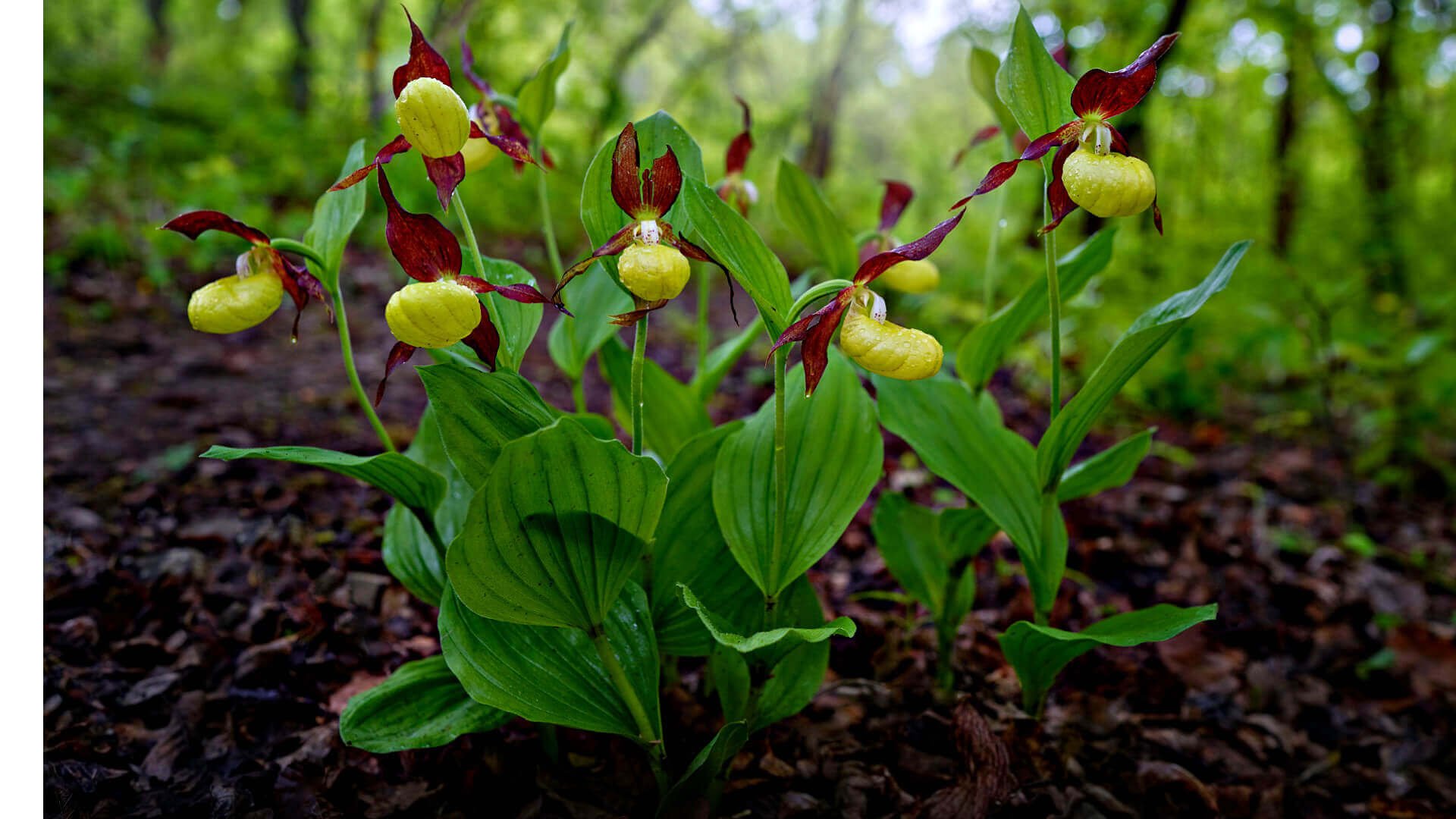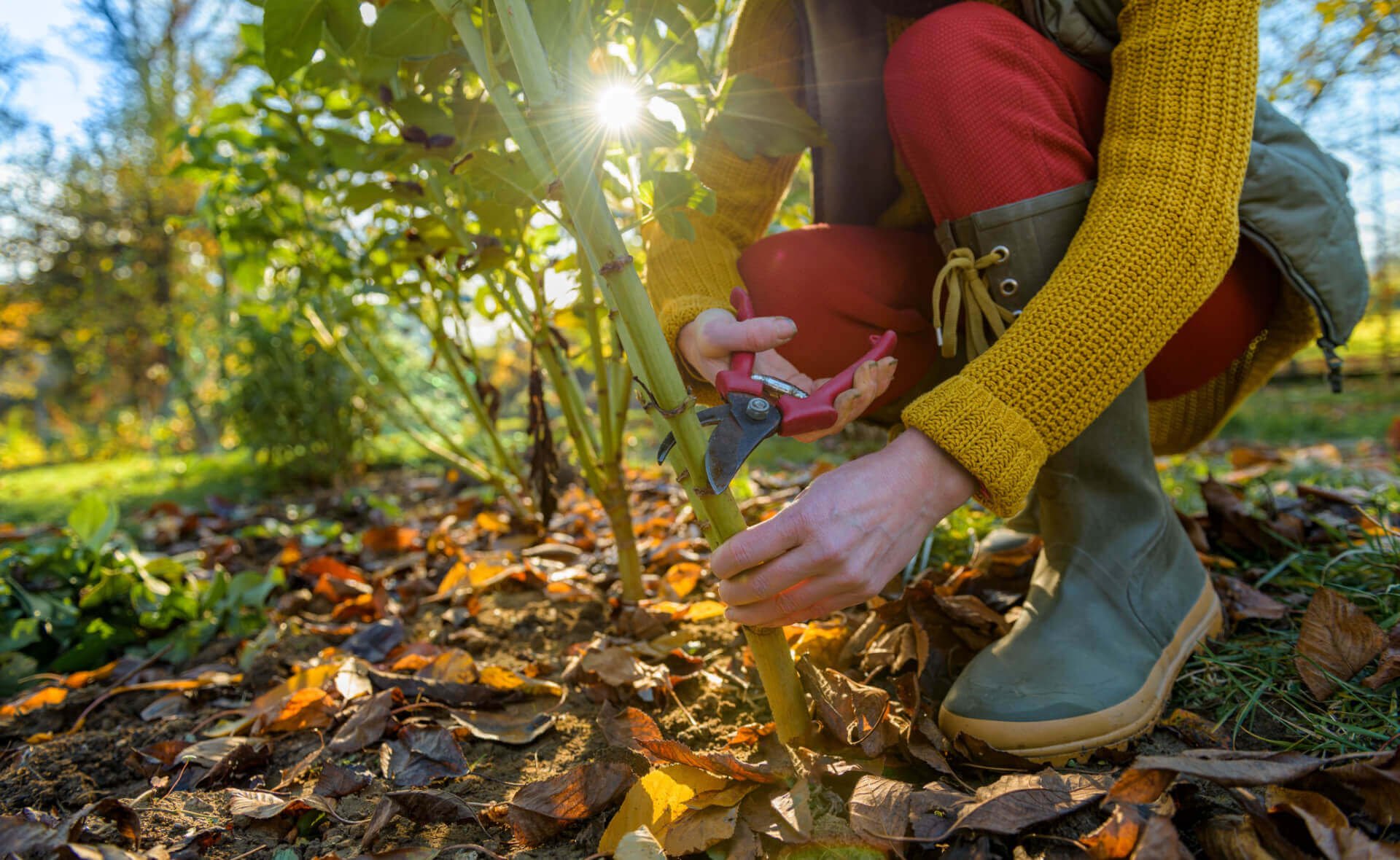Why Fall Planting Is Better for Young Plants
Fall is the season of golden sunsets, crisp mornings, and a slower pace that brings a sense of renewal. It's also the perfect time to think about planting young plants in your garden. While spring often steals the spotlight, fall planting offers advantages that can't be overlooked. It's not just suitable for gardeners. It's ideal for young plants, giving them the best start to grow strong and healthy.
Cooler Temperatures, Healthier Roots
As summer fades, the cooler autumn weather benefits young plants. Unlike spring, when unpredictable frosts can shock tender roots, the steady, mild temperatures of fall create the perfect environment for planting. Young plants focus their energy on root development rather than leaf growth during this time. This underground effort lays the foundation for more robust, drought-resistant plants come spring and summer.
The soil is still warm from the summer sun, creating a cozy space for roots to spread. Warm soil encourages growth, while the cooler air keeps stress at bay. This combination lets plants establish themselves with less competition from weeds and pests, typically less active in the fall.
More Rain, Less Watering
Fall often brings more consistent rainfall, which means less work for you. Young plants thrive with enough water without the risk of drying out under a blazing sun. The gentle rain helps settle the soil around the roots, eliminating air pockets and ensuring a firm connection between the plant and its new home.
Planting in the fall also gives young plants time to adapt before winter's chill sets in. By spring, they're ready to burst forth with new growth. This head start allows for a more robust plant that performs better in summer heat.
Planting in fall isn't just a task; it's a gift for your garden. It allows you to slow down, work with nature's rhythms, and give your young plants the best shot at thriving. So, as the leaves turn and the air grows crisp, grab your gardening tools and start planting. Your young plants will thank you with vibrant growth for years to come.
Autumn Care
Summer's warm and lively tones gradually transition into the subtler shades of fall. The crispness of autumn sets in, many gardeners may be tempted to pack away their gardening tools and await the arrival of spring to start planting again. However, fall planting offers a unique opportunity to give young plants a gentle and nurturing start that can result in healthier, more resilient, and more vibrant growth in the coming seasons. In this essay, we will explore why fall planting is kinder to young plants, offering many benefits that make it a preferred choice for novice and experienced gardeners.
Cooler Temperatures and Reduced Stress
One of the most compelling reasons to opt for fall planting is the cooler temperatures that characterize Autumn. As summer's scorching heat subsides, milder, more temperate conditions, young plants are subjected to less stress. Planting during the intense summer heat can be harsh on tender seedlings and young plants, causing them to wilt, wither, or even die due to the combined stress of transplant shock and high temperatures. In contrast, the moderate fall temperatures allow plants to establish their roots more effectively without the risk of heat stress.
Adequate Moisture
Fall also increases moisture levels, which can be a boon for young plants. Soil moisture tends to be more stable during the fall, reducing the need for constant irrigation. Cooler temperatures mean less evaporation, helping to maintain soil moisture levels that are optimal for root development. Adequate moisture is critical during the early stages of a plant's life, as it helps prevent wilting and ensures the plant has the resources it needs to establish a robust root system.
Reduced Competition
In the fall, many garden pests and weeds become less active, providing young plants a respite from competition for resources. Weeds, which can choke out young plants and compete for water and nutrients, tend to slow down their growth as temperatures drop. Additionally, many garden pests become less active or hibernate during the colder months, reducing the risk of damage to young plants. This reduced competition allows newly planted seedlings to focus their energy on root and shoot development, setting a solid foundation for future growth.
Extended Root Growth
Fall planting allows young plants to invest more time and energy into root development before spring and summer growth demands kick in. During the cooler fall months, the top growth of many plants slows down while the roots continue to grow. This extended root growth period gives the plants a head start, allowing them to establish a robust root system to support the plant in the coming seasons. A robust root system enhances a plant's ability to access water and nutrients, making it more resilient during stress.
Less Transplant Shock
Transplanting can be a stressful experience for young plants, as it often involves disturbing their root systems and relocating them to a new environment. However, the shock of transplanting is less severe during Autumn than in spring or summer. The milder temperatures and reduced heat stress mean that young plants are better equipped to recover from the disruption of being moved from a nursery pot to the garden bed. This results in a smoother transition and quicker establishment in their new home.
Earlier Spring Growth
Another advantage of fall planting is that it sets the stage for earlier and more vigorous growth in the following spring. Since the plants have already established robust root systems during the fall, they are primed and ready to put their energy into top growth when warmer temperatures return. This early start can lead to faster flowering, fruiting, and overall development, giving gardeners a head start on a bountiful garden in the upcoming growing season.
Less Disease Pressure
Fall planting also helps reduce the risk of certain plant diseases. Many soil-borne pathogens and pests are less active during the cooler months, leading to a lower risk of infection or infestation. The drier fall conditions can also help prevent fungal diseases that thrive in warm, humid environments. By planting in the fall, gardeners can give their young plants a healthier start with fewer disease-related challenges.
Fall Colors and Aesthetics
Apart from the practical advantages of fall planting, there is also a significant aesthetic benefit. Fall is known for its stunning colors, with trees and shrubs displaying vibrant red, orange, and yellow foliage. Gardeners can use this natural beauty to create visually appealing landscapes by planting in the fall. Incorporating fall-blooming perennials and ornamental grasses can add texture and color to the garden and enhance its overall appearance. It can make it look more vibrant and lively by introducing a variety of colors and textures to the landscape—a welcoming space even as winter approaches.
Expanded Plant Selection
Various plants and gardening supplies are found at numerous nurseries and garden centers. Plants in the fall, including perennials, trees, and shrubs. This expanded plant availability allows gardeners to diversify and experiment with new species or varieties. Fall planting provides an opportunity to try out different plants that may not be readily available in the spring or summer, enhancing the overall biodiversity and attractiveness of the garden.
Sustainable Gardening Practices
Fall planting aligns with sustainable gardening practices by reducing the need for excessive water and chemical inputs. With cooler temperatures and higher moisture levels, plants require less irrigation, decreasing water usage and conserving this precious resource. Additionally, the reduced need for pesticides and herbicides due to decreased pest activity and competition from weeds promotes a more eco-friendly approach to gardening.
Fall planting offers many benefits, making it a kinder and more nurturing option for young plants. From milder temperatures, reduced stress, extended root growth, and less competition from pests and weeds, fall planting sets the stage for healthier, more vibrant change in the coming seasons. By taking advantage of Autumn's unique opportunities, gardeners can enjoy the rewards of a thriving garden while minimizing the challenges and setbacks that can occur when planting during other seasons. So, when the leaves change and the air turns crisp, consider extending your gardening season into the fall and experience the gentle touch of Autumn on your young plants.
Read more

Jewelweed is a fascinating and versatile plant that captivates botanists and nature enthusiasts. Its ability to thrive in moist, semi-shady environments and its remarkable self-seeding mechanism sh...

Orchids are renowned for their exquisite beauty and intricate designs, captivating botanists, gardeners, and nature enthusiasts alike. Among these enchanting floral wonders, two North American n...


